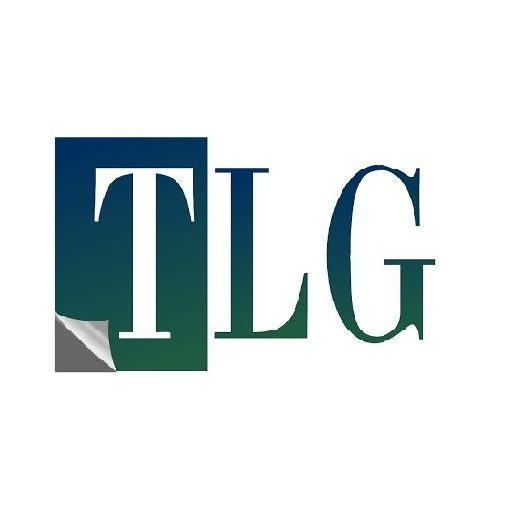Anchorage, Alaska, is set to host one of the most consequential diplomatic meetings in decades as U.S. President Donald Trump and Russian President Vladimir Putin convene on August 15, 2025. The “Alaska Summit,” held at Joint Base Elmendorf-Richardson, marks the first time Putin has attended a bilateral summit on American soil since 2007 and the first such meeting in Alaska, a territory with deep historical ties to Russia.
The symbolism has not gone unnoticed. Analysts say that Alaska—once Russian territory until its 1867 purchase by the United States—carries both symbolic resonance and political risk. Critics argue that the venue could serve Moscow’s propaganda goals, while supporters see it as a pragmatic, neutral backdrop for high-stakes negotiations.
Ukraine at the Center, Allies on Edge
The central issue dominating the summit will be Russia’s ongoing war in Ukraine. Trump has signaled he will press for a ceasefire, warning Putin of “very severe consequences” if no agreement is reached. Yet the structure of the talks has already drawn criticism: Ukraine’s President Volodymyr Zelenskyy is not directly included in the summit sessions, raising fears in Kyiv and across Europe that Ukraine’s interests could be sidelined.
European leaders, including Germany’s Chancellor Friedrich Merz and France’s President Emmanuel Macron, have insisted that Ukraine’s sovereignty and territorial integrity must remain non-negotiable. Zelenskyy has further ruled out any concessions of land to Russia, making compromise a steep challenge.
Observers note that the summit could become a diplomatic turning point: either producing a fragile framework for negotiations or deepening mistrust if talks collapse. For Trump, who has styled himself as a dealmaker capable of ending the war, the Alaska Summit represents both an opportunity and a gamble—with global stability hanging in the balance.




